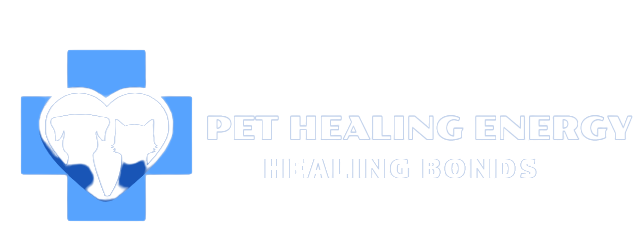Balancing Act: The Considerations of Cybersecurity in Smart Home Tech

Integration of Smart Home Technology lets homeowners remotely control and check their thermostats, view security camera footage and program the lighting of their outdoor and indoor areas. This results in lower energy consumption and a reduction in costs for the homeowner.
Home technology gadgets that are smart need a stable internet connection to ensure seamless integration. This can make them more vulnerable to disturbances.
New Constructions
It’s taken a long time, but the smart home technology is now getting accepted in new houses. This includes luxury homes built by Toll Brothers and other builders in many markets, offering integrated systems that control everything from the thermostat up to the lighting.
Smart home systems are able to automate the operation of devices and increase energy efficiency, convenience, safety and design. It enables homeowners to connect to the home and appliances via a smartphone or another devices.
Since many smart devices communicate and exchange information, they can work in harmony. For example, smart blinds are able to adjust according to changing sun’s position throughout the day to reduce reflections and shield floors from artwork. Also, smart refrigerators can detect that you’re running low on milk and add it to your shopping list.
Benefits
Thanks to the latest technology, homeowners can control and automatize their appliances with the touch of a finger. Technology that can be used to control tasks and manage their devices through the palms of their hands.
The smart home can also aid homeowners to reduce their energy consumption by utilizing systems that display how much energy is consumed by each gadget. The system will also help homeowners to identify appliances that consume a lot of energy that may be continuously in use but not being used. This can reduce their energy costs.
The technology will automatically turn off lights in unoccupied rooms, saving on utility bills. It can also monitor and adjust temperature according to daily activities, eliminating overuse or unnecessary heating. The device xay nha tron goi tphcm can provide information on the amount of electricity consumed by various devices including lights, switches as well as washing machines.
Trends
The home automation technology has improved to match personal preferences and requirements. Smart thermostats, for example are able to adjust their temperature in order to match the homeowner’s routine. Intelligent lighting systems can be integrated with programmable moods for every occasion. The doorbells with touchless technology are a new innovation that allows guests to make their presence known without touching any surface which may be a source of germs.
Technology companies are also focusing on bringing smart home gadgets easy to set up and use. The majority of homeowners, regardless of their level of technological expertise, can control the smart home device and also connect it by using just a Wi-Fi enabled smartphone. This ease of use is going to become crucial when it comes to the Coronavirus outbreak. Robotics, smart security for homes and personalized health management are just a few of the trends.
Themes
While the convenience of smart home technology offers many benefits for home owners, there’s few considerations homeowners should consider prior to implementing this technology. One of them is that the system can pose cybersecurity dangers and require a an expert installation.
Another concern is how the use of these technologies reconfigures power dynamics between humans and machines. Hildebrandt imagines the future as the home of a computer controlled house, inhabited by slumbering residents who interact and interact via the personal assistants of digital technology. Wong, et. as. cautions against the possibility that SHTs could affect the way people interact with each other as well as devices.
Smart Home technology is dependent upon strong connections to the internet in order for proper operation. A weak or unreliable connection can lead to device failure or even a complete outage. Therefore, it is important to choose a reliable internet service provider such as Optim Managed Wi-Fi to ensure maximum efficiency.
Scalability
As technology changes quickly and rapidly, your home automation system must be able to adapt. It should also be able to adjust to new technologies, handle the devices, and incorporate the devices. A professionally-installed smart home system excels at this.
Open platforms and integrated, and that supports wireless standards such as Z-Wave, Zigbee, and Wi-Fi can allow your system to develop and scale. Also, you should think about your options regarding the integration of mobile devices. It may take quite a long time to get cellular devices accredited, and could be necessary to negotiate with multiple companies around the globe.
Finally, you should be confident that your smart home can adapt to changing requirements. Find smart home systems which are able to update seamlessly with minimal downtime, avoiding costly and lengthy software, hardware, and mobile upgrades.



